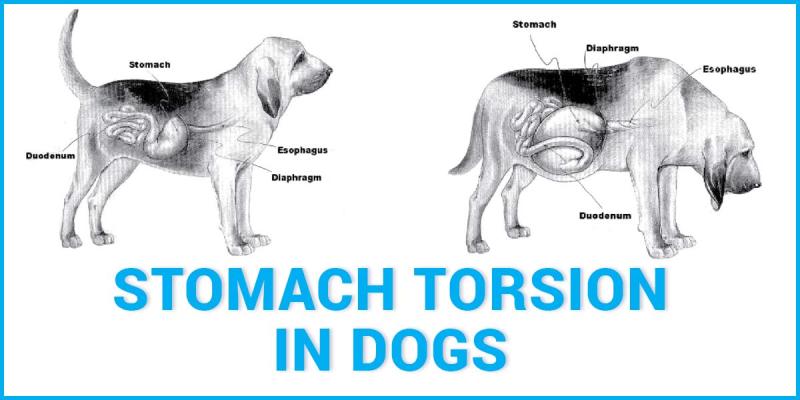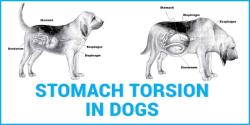What are the symptoms of twisted stomach in dogs?
Recognizing Twisted Stomach (Gastric Dilatation-Volvulus) in Dogs: Key Symptoms
Twisted stomach, also known as Gastric Dilatation-Volvulus (GDV) or bloat, is a life-threatening condition in dogs that requires immediate veterinary attention. Early recognition of the symptoms can save your pet’s life.
Common Symptoms of Twisted Stomach in Dogs
Swollen or Distended Abdomen
The dog's belly may appear bloated or tight to the touch.
This swelling can happen quickly and may be more noticeable after eating or drinking.
Unproductive Retching or Vomiting
The dog attempts to vomit but nothing (or only foam) comes out.
This is one of the hallmark signs of GDV.
Excessive Drooling (Hypersalivation)
Dogs may produce large amounts of saliva because of nausea and discomfort.
Restlessness or Pacing
The dog is unable to get comfortable and may pace, stand, or sit repeatedly.
Rapid or Labored Breathing
As the stomach expands, it puts pressure on the diaphragm, making breathing difficult.
Pale or Discolored Gums
Gums may become pale, bluish, or dark red due to poor circulation.
Signs of Pain
Whining, groaning, or a hunched posture may indicate abdominal pain.
Weakness or Collapse
In severe cases, the dog may become weak, lethargic, or collapse due to shock.
When to See a Veterinarian
If your dog exhibits any combination of the above symptoms, seek emergency veterinary care immediately. GDV progresses rapidly and can be fatal within hours if untreated.
High-Risk Dogs
Certain breeds and conditions increase the risk of GDV:
Large and deep-chested breeds (e.g., Great Danes, German Shepherds, Boxers)
Dogs that eat quickly or consume one large meal per day
Older dogs or those with a family history of GDV
✅ Bottom line: Twisted stomach in dogs is a medical emergency. Quick recognition of bloating, unproductive retching, and restlessness can mean the difference between life and death.
What symptoms are indicative of a twisted stomach condition in dogs?
A twisted stomach in a dog, also known as Gastric Dilatation-Volvulus (GDV), is a life-threatening condition that requires immediate veterinary care.
Symptoms of a twisted stomach in dogs include:
Unproductive Retching: This is a key indicator. The dog will repeatedly try to vomit, but nothing or only a small amount of foamy saliva will come up.
A Swollen, Hard Abdomen: The stomach will become visibly distended and feel tight, like a drum, when touched.
This may be more noticeable on the left side, but it can be difficult to see in some breeds. Restlessness and Pacing: The dog will appear uncomfortable and unable to get settled.
They may whine, pace anxiously, or adopt an unusual "praying" position with their front legs down and rear end up to try and relieve the pain. Excessive Drooling: The dog may salivate more than usual.
Rapid or Labored Breathing: The bloated stomach can press on the diaphragm, making it difficult for the dog to breathe.
Pale Gums: The gums may appear pale or even grayish due to poor circulation.
Weakness or Collapse: As the condition worsens, the dog may become weak, lethargic, or eventually collapse.
Pain in the Abdomen: The dog may show signs of pain when you touch their stomach.
If you observe any of these symptoms, especially a combination of them, you should contact an emergency veterinary clinic immediately. Do not wait to see if the symptoms improve, as this condition can be fatal within hours.




